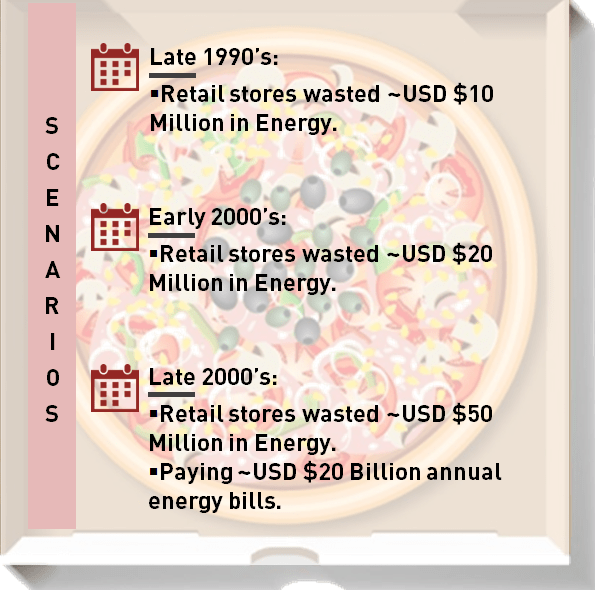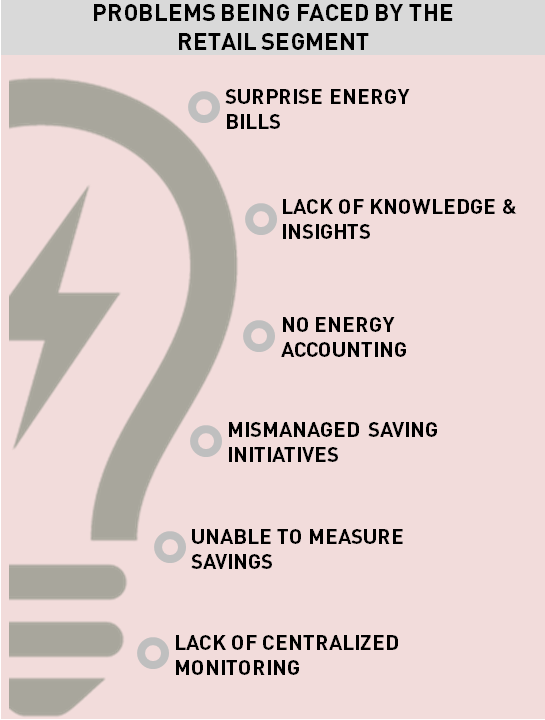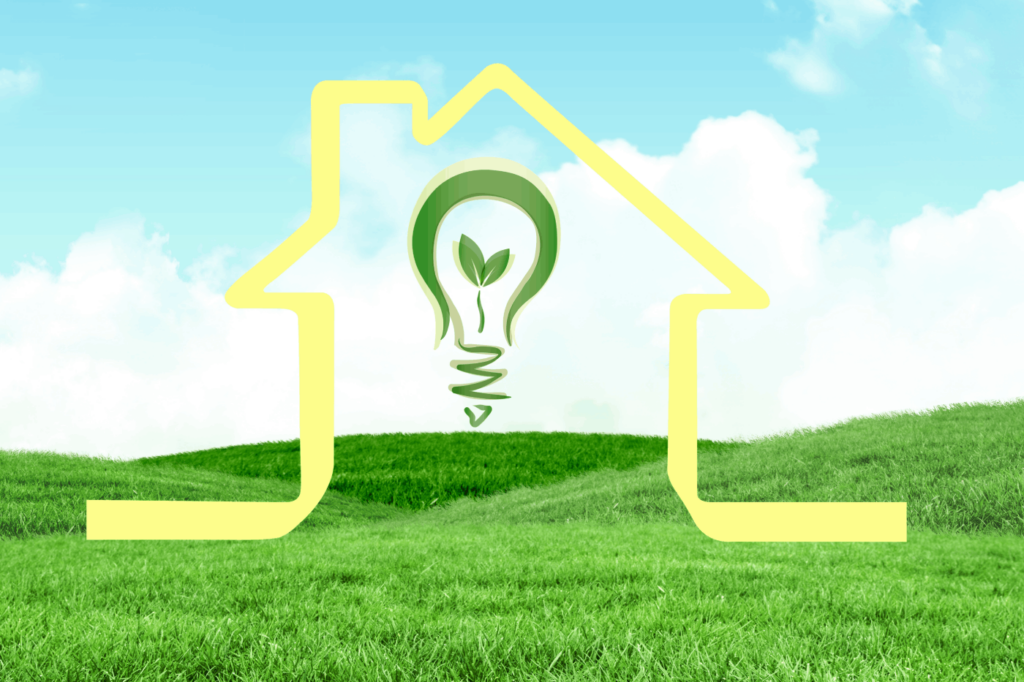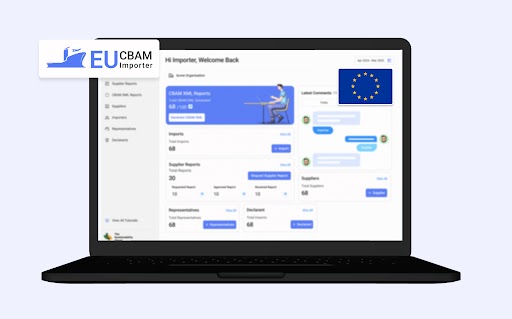Until the early 2000’s anyone in the retail segment talking about energy efficient stores seemed like finding water on mars. Thanks to the technological advancements in the world happening all across it was easy to turn the table around and converting a myth to a new possibility.

Late 1990’s was the era where the retail segment caught the eye and attention of the people as a facility and a one stop shop point for all their needs. But with the facility arose a problem that was the “Surprise Energy Bills” for the outlet owners. A survey conducted showed that the retail segment was facing losses of ~USD $10 Million in their profits due the “lack of valuable insights” on the energy part.
The need of the hour was some indigenous system that could show the retail owners on how and where to save on Energy Bills.

Early 2000’s saw the retail segment picking up fast and spreading all across the globe, with retail chain stores opening up everywhere, the Energy Bills also increased with the biggest part being taken up by the “Refrigeration Cost”. The retail segment was losing a huge share nearing ~USD $20 Million of their profits to the Energy Bills alone.
Wherein on one hand the solution offerings to the end customers were high also were the costs due the high maintenance and energy billings. Though many organizations rose up to guide the retail owners on “Energy Efficiency” but there was a lot to be done. With ever-increasing numbers of stores there was a new problem that cropped up “Lack of Centralized Monitoring”.
The new era saw the highest ever growth and increase in the retail segment. But as the story goes ‘with roses are the thorns’, the retail segment was paying annually ~USD $20 Billion worth of Energy bills alone.
New technology start-ups and the prominent energy domain players were fast enough to grab the opportunity and came with the solution of “Online Energy Monitoring Solutions”. These solutions were like life savers to the retail segment and organizations with distributed assets as the applications not only provide insights on the energy consumption by each outlet/site but also had many more features in the kitty like – Online reporting, useful dash-boards, centralized monitoring, energy bill validation and auditing, base-lining, benchmarking and many other options.
With these platforms arriving in the markets, energy efficiency started looking like a possibility rather than a myth for the retail segment.
Also read: Energy Management & Its Importance.




